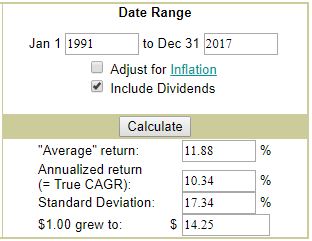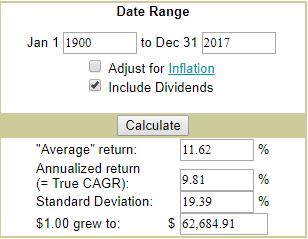
“I don’t understand the stock market.”
Over the years, we have heard this statement from people of all ages. We’re unclear as to whether it’s an excuse not to invest in equity markets or as a reason. Yet, these same people may have a pension, a 401K, or a life or home insurance policy – all of which are invested in stocks. And they probably just don’t realize that fact.
Let me try to explain this concept further.
The stock market is exactly that, a market of stocks. Just like when you shop at a fruit market, the prices of apples, oranges, grapes, and other goods change daily. Stocks or equities – which represent ownership in a company – reflect the value of that particular business at any point in time.
It is true that stock prices fluctuate, which is a concern for some people. Others look at those price adjustments as opportunities. If oranges are on sale this week, it makes perfect sense to buy more. However, when stock prices decline, fear can grip some investors because they are not prepared for a paper loss.
The Relationship of Risk to Reward and Safe to Guaranteed
The risk of price fluctuations in stocks offers better returns over longer periods of time. However, if the risk of a drop in prices is enough for you to lose sleep, then perhaps you are not suited for stock market investing.
Maybe instead, you need to place your money in something safer and more guaranteed such as CDs, individual bonds, or money market funds. But with these investments there is the risk of inflation eating away at your returns. This is the hidden risk factor.
Safe and guaranteed are related as well, as uncertainty and reward. Knowing your personal risk tolerance is an individual decision and it doesn’t need to be all or nothing.
Most people have a mixture of safe, certain investments along with their higher returning stocks.
There are risks all throughout life, so it is best to learn how to manage them.
Personal Results
We have been retired – or financially independent – since 1991. Throughout these almost three decades, the S&P 500 Index has grown 10% per year on an annual basis. This does not mean we make 10% each year as there have been some down times. However, the up years have more than covered any unproductive ones.
S&P 500 Index 1991 – 2017

Spread the Risk
Instead of picking individual stocks that contain more risk, we prefer to buy a basket of goods, or more precisely the entire market. We like using VTI (Vanguard Total Market) – which is an exchange traded fund (ETF) – or we use SPY, the S&P 500 Index ETF. This allows us to purchase and sell in real time, versus being forced to take the end-of-the-day price. This gives us more control of which price we choose to buy and sell.
Back to my example of the fruit market, instead of buying apples or oranges, we prefer to invest in the entire store. This way if one fruit or another goes down, we have other goods making up for those losses.
Over time this has been a proven approach for us.
S&P 500 Index 1900 – 2017

There are going to be corrections, or periods of declining prices, as that is the nature of any market. From 3-5% is considered “noise,” 7-10% is a correction to re-price assets, 20% or more is a bear market and it will be painful. If you can hold on through these actions and add to positions if possible, over time you should be rewarded. There are no guarantees in life or in investing, but based on over 100 years of stock market history and the resiliency of the U.S. economy, we would not bet against it.
Use this to your advantage.
About the Authors
Billy and Akaisha Kaderli are recognized retirement experts and internationally published authors on topics of finance, medical tourism and world travel. With the wealth of information they share on their award winning website RetireEarlyLifestyle.com, they have been helping people achieve their own retirement dreams since 1991. They wrote the popular books, The Adventurer’s Guide to Early Retirement and Your Retirement Dream IS Possible available on their website bookstore or on Amazon.com.
+ show Comments
- Hide Comments
add a comment